
Church of Archangel Michael, Praetoria
Pretoria, GR
The church of Archangel Michael 13th-century church in the village of Praetoria or Pretoria.
Here you can search for a building to visit. You can use the map find destinations, or you can use the filters to search for a building based upon what different criteria.

Pretoria, GR
The church of Archangel Michael 13th-century church in the village of Praetoria or Pretoria.

Anafi, GR
.
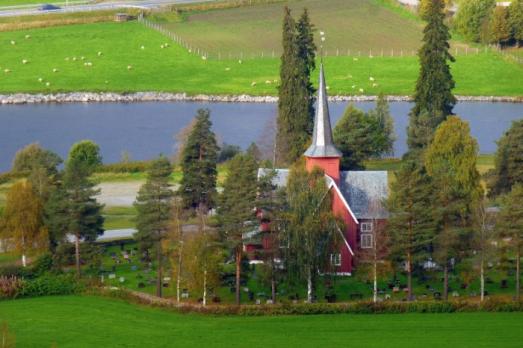
Bagn, NO
The church of Bagn dates from 1736. It has undergone several major renovations and improvements. In 1897, the walls were covered with exterior panels and the old windows were replaced by new, larger ones. Inside, parts of the interior were renovated and painted in new colours. Also, in 1901, the church seems to have undergone a major repair. On the occasion of the anniversary in 1936, they wanted to restore the church to more original design. The large windows from 1897 were replaced with windows similar to those that existed before. The last part of the restoration took place in 1963-65 when the church received a new exterior panel and was painted dark brown. The church has several 18th and 18th-century paintings.
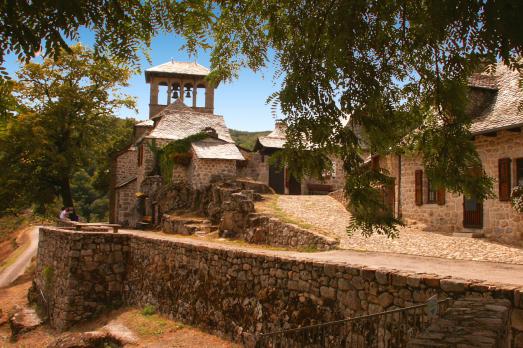
Campouriez , FR
A picturesque site, the church sits on a granite rocky outcrop encased in a remarkable natural circus.

Krakow, PL
The Roman Catholic Parish of Blessed Aniela Salawa in Krakow (Rzymskokatolicka Parafia Bł. Anieli Salawy) is a place of worship built in the 1990s and consecrated in 2000.
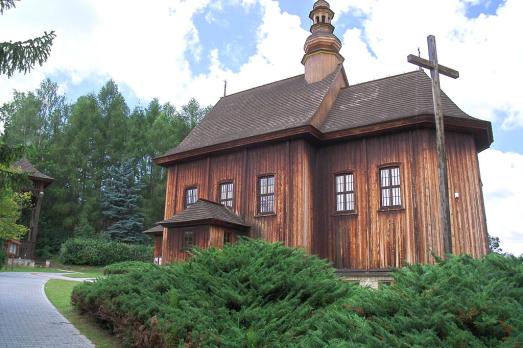
Przesławice , PL
The Church of the Blessed Virgin Mary, Mother of the Church in Przesławice was built in the nearby Gołcza in the 18th century, on the basis of fragments of the temple from 1657
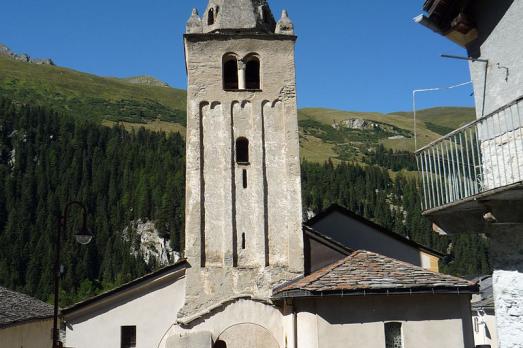
Bourg-Saint-Pierre, CH
The church of Bourg-Saint-Pierre would have been built around the year 1000 by Hugues, bishop of Geneva. The Romanesque building was destroyed and rebuilt over the years. The current Baroque building was built in 1739, keeping the old bell tower, which is the oldest in the Valais. This bell tower has a carillon consisting of six bells melted down and installed by the Rüetschi foundry in Aarau in 1932.
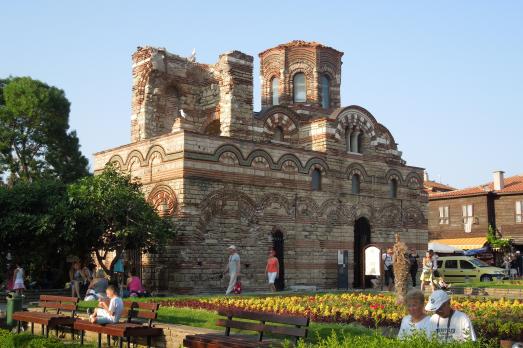
Nessebar, BG
The Church of Christ Pantocrator is an Orthodox church built in the 13th-14th century and is one of the most remarkable and best-preserved medieval churches in Nessebar. In the middle of the nave rise four slender columns that once carried a dome. The drum of the dome, richly decorated, has 8 arched windows. The narthex is relatively cramped, with a medieval tomb on its floor. Inside the walls, only traces of the original frescoes that once covered them are preserved.

Patras, GR
.
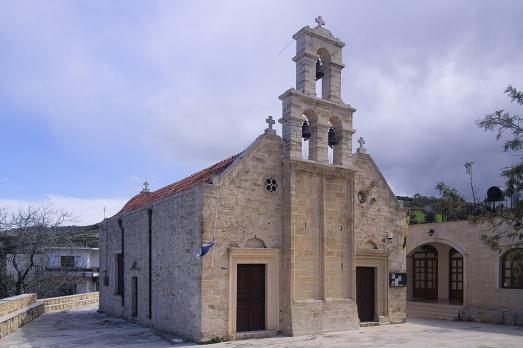
Kato Asites, GR
.

new
Nestled amidst the serene landscapes of the Harz region, lies a hidden gem for nature enthusiasts and history buffs alike - the Harz Monastery Hiking Trail. Lace up your hiking boots and embark on this captivating adventure that will transport you back in time.

The Holy Mile (Miglio Sacro) of Naples is a one-mile-long itinerary, through sacred places linked to the city's patron saint, San Gennaro, in the Rione Sanità district. Discover the city from a new perspective with this unique walking tour.

As a university city, cultural offerings abound in Tartu and will reach their peak after being designated one of three European Capitals of Culture for 2024. In this list, we've compiled the most interesting sacred places to visit in and around the old town.